The Struggles of Southern Swimmers
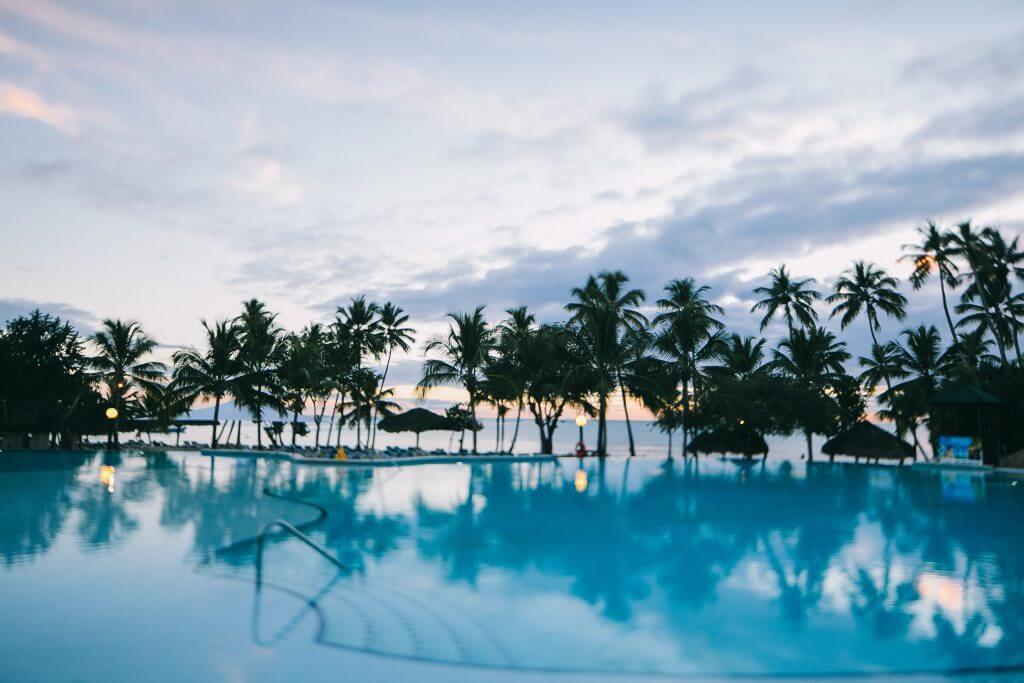
By Ryan Gibbons, Swimming World College Intern.
In a sport popularly known for its summer vibes, the Southern swimmer is generally regarded as living a swimming life of luxury – splashing into the warm, outdoor pools with gorgeous skies and a mild swimming winter. But despite how unpopular the opinion might be, there’s little denial of the challenges faced by Southern swimmers.
They might not be driving through the snow to train indoors, but the Southern swim life isn’t one of poolside lounge chairs and workouts under the sunrise. The unique setting may not be as obviously difficult as their Northern counterparts, but the Southern swimmer’s career is riddled by challenges at every turn. Here’s why Southerners actually tend to have the short end of the stick in the swimming community.
They can’t breathe in indoor pools.
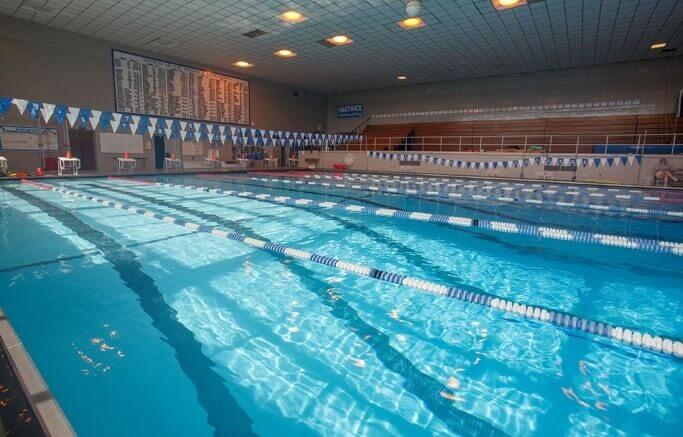
Photo Courtesy: Hartwick College
By far, one of the greatest struggles faced by Southerners is transitioning to indoor pool air quality. The vast majority of facilities in the South are outdoors, and the small handful which are indoors tend to be more open and of decent air quality. These outdoor facilities have virtually zero air quality concerns and tend to be easily used by Southerners.
It’s with indoor pools, however, that this becomes an issue. As soon as a Southern swimmer is dropped into an indoor facility, their throat itches, lungs tighten and face begins to burn. This tends to be especially problematic for those who swim nearly exclusively outdoors, as their experiences with indoor facilities tends to lie solely at national meets – leaving the group of Southern swimmers on the side of the pool deck, leaning out of windows, and vying for hallway space to gain some clear, clean, unchlorinated air.
It actually gets freezing cold in the winter.
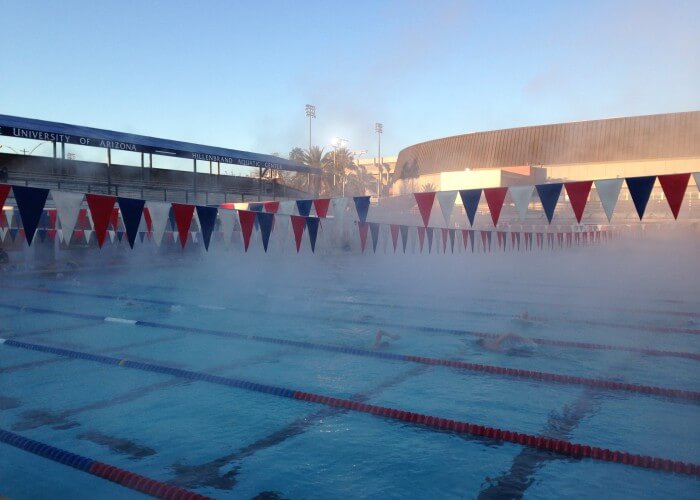
Photo Courtesy: Annie Grevers
Sure, it’s not the upper-Midwest’s negative 50 windchill, but when winter comes for outdoor Southern swimmers, it hits hard. While they might not have to encounter the raw temperatures of the North, they don’t get the luxury of a heated building. Every stroke leaves an arm freezing out of the water, every kick sets brings the blustery wind to the face, and every start leaves a swimmer shaking on the blocks.
But by far the most brutal part of the cold is getting out after practice. Nothing compares to the fear of the sprint to grab a towel and parka, as the freezing air turns the warm water into steam. During this mad dash, all bets are off – people become obstacles, and motivations become primitive. At the very least, any Northern swimmer gets the luxury of only being in the snowy air once dry and clothed while enjoying the tropical pool deck inside.
But it also gets unbearably hot in the summer.
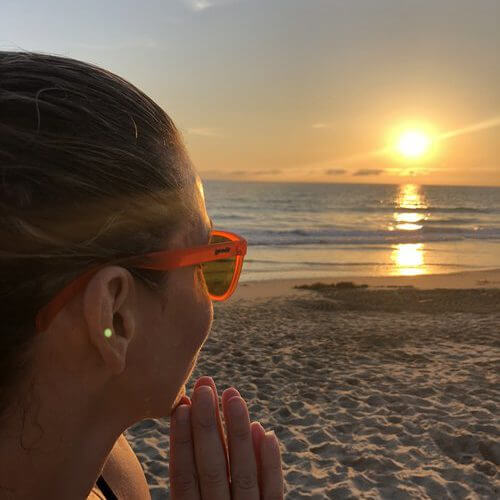
Photo Courtesy: Summer Sanders
An outdoor pool might mean the occasional colorful sunrise or getting to see the sky swirl with clouds and patterns. But it also comes with a much more sinister effect: in the summer, with the Southern sun beating down on the exposed water, a practice can quickly become hot, sweaty, and swampy, even while in the water.
There’s little worse than trudging through the midpoint of a distance workout with an already-pounding heart, heated face and the water temperature climbing past eighty-five in the ninety-five-degree-plus air providing absolutely oppressive heat. Worse yet, there’s no relief – no cold shower or dry towel afterwards can make this more bearable, especially when even the most insulated water bottles give in to the blistering heat.
There’s pollen, leaves, and bugs everywhere.
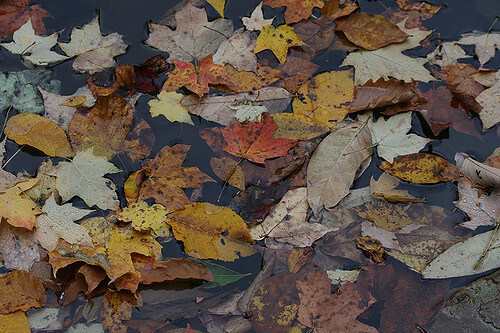
Photo Courtesy:
Especially for those who train at facilities unfortunately situated near patches of trees or wildlife, foliage, insects, and other nature-based material can quickly turn a pristine pool into a stew of disgusting textures and objects. Diving into a pool only to swallow a bug, get a leaf stuck in your goggles, and feel pollen and seeds clinging to your legs is truly an out-of-body experience only those so fortunate to swim in the South get to feel so regularly.
No amount of sweeping, skimming, or maintenance can deny this simple yet aggravating aspect of existence. Especially in the spring and summer months, this simply becomes an accepted fact of life for Southerners – regardless of it ever being comfortable.
Sure, we don’t face ice or snow, and we do get to see the great outdoors while churning through workouts. However, the alternative isn’t necessarily better. Southern swimmers undoubtedly face a multitude of difficulties every day, and while they might not be obvious ones, they’re unfortunate aspects of life that must be traded for the experience of our wonderful – albeit sometimes uncomfortable – sport.
-All commentaries are the opinion of the author and do not necessarily reflect the views of Swimming World Magazine nor its staff.



